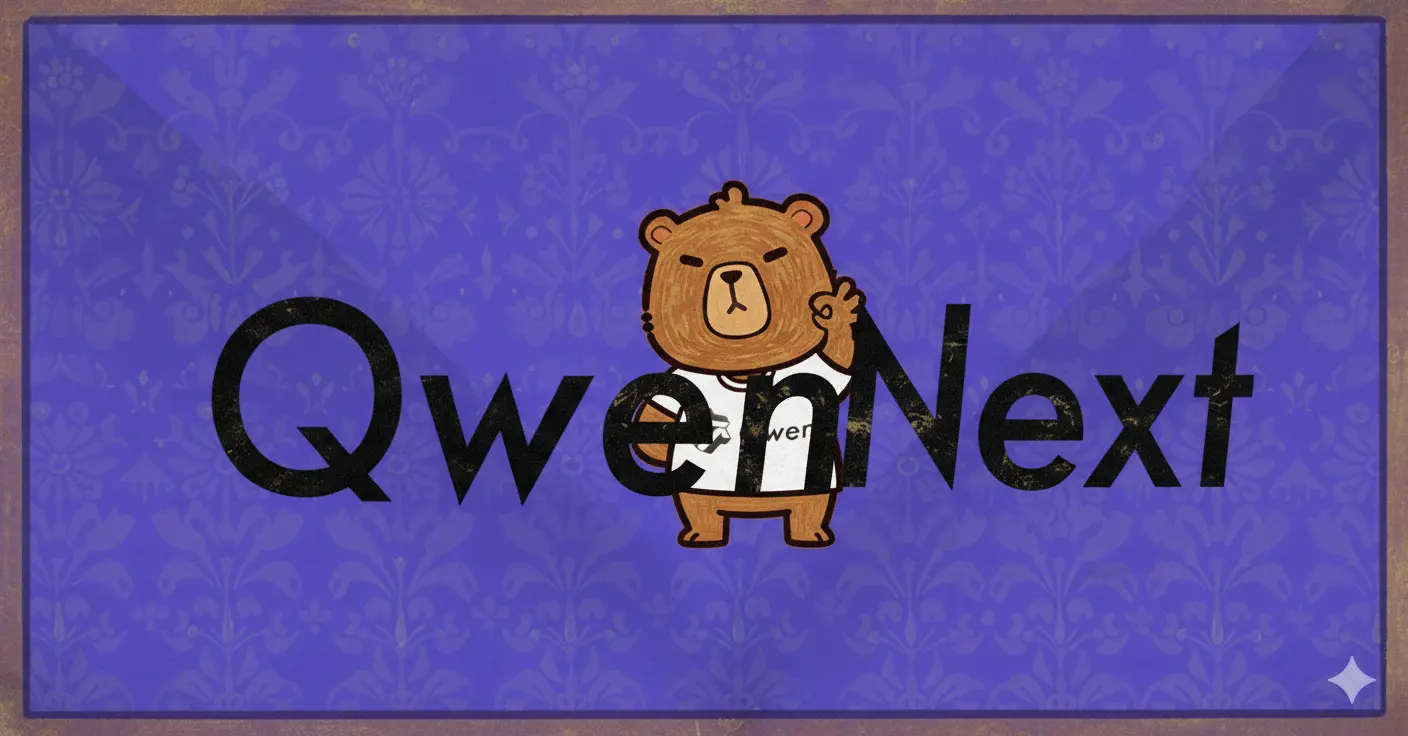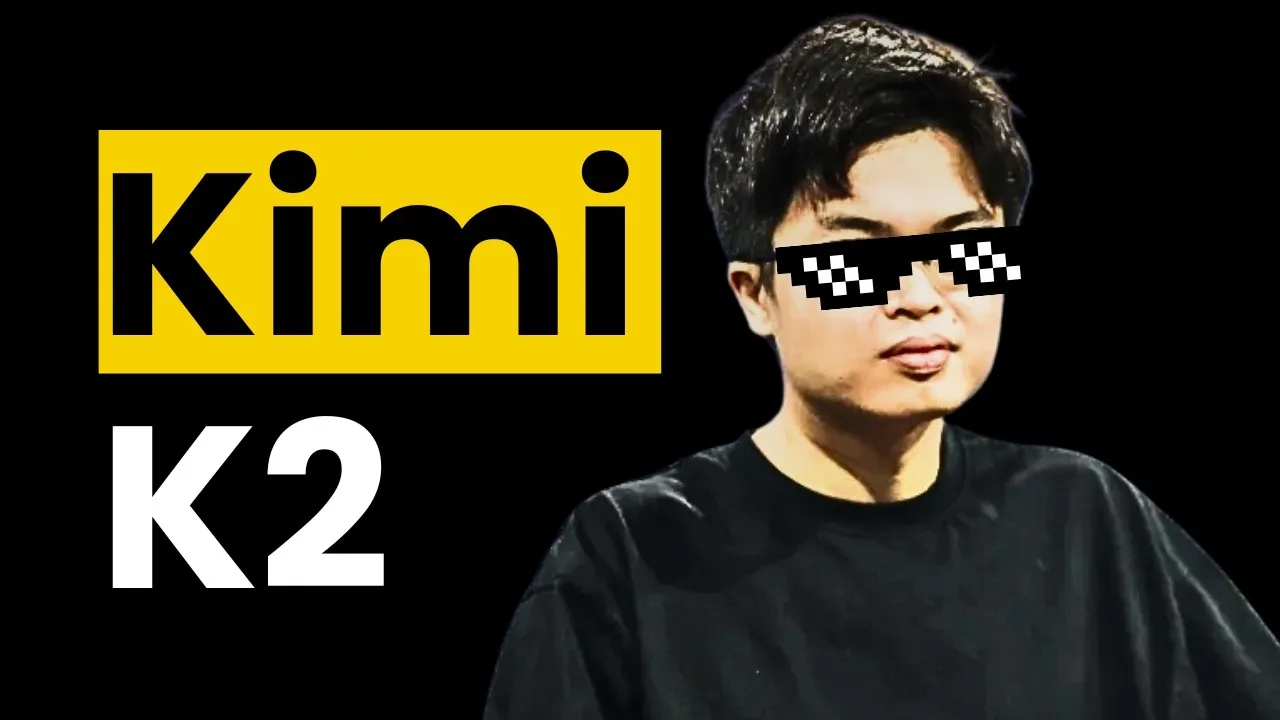
Qwen Next Just Made Every Other Local LLM Look Obsolete
Alibaba's hybrid MoE architecture delivers 80B parameter performance with 3B activation costs, revolutionizing local task automation
The local LLM landscape just shifted dramatically. While everyone was busy comparing parameter counts and context windows, Alibaba’s Qwen team quietly deployed a architectural revolution that makes traditional models look like dinosaurs. Qwen Next isn’t just another incremental improvement, it’s a complete rethinking of how large language models should work when they’re not swimming in cloud compute budgets.
The Architecture That Shouldn’t Work (But Does)
Qwen Next’s secret weapon is what NVIDIA’s technical blog calls a “hybrid Mixture of Experts (MoE) architecture” ↗ optimized for long context lengths. But that dry technical description undersells what’s actually happening here.

The model packs 80 billion parameters total but only activates 3 billion per token. That’s not a typo, it achieves 96.25% sparsity through what Alibaba describes as “extreme low activation ratio in MoE layers.” The MoE module routes requests between 512 different experts with only 10 experts activated per token plus 1 shared expert.
This isn’t just academic architecture porn. Early adopters are reporting concrete results that would make any engineer double-take. Users have achieved 25 consecutive successful tool calls with no errors using both mxfp4 and qx86hi quantized versions, demonstrating the model’s reliability for complex automation tasks.
Why This Changes Everything for Local Task Automation
Task automation has always been the holy grail for local LLMs, but until now, it’s been a compromise between capability and practicality. You could either have a smart model that took forever to respond, or a fast model that couldn’t handle complex tool calling.
Qwen Next breaks this tradeoff. The hybrid architecture combines Gated DeltaNet (linear attention) for efficient long-context processing with Gated Attention (standard attention) for precision where it matters. Every fourth layer uses traditional attention while the rest leverage linear attention, a 3:1 ratio that turns out to be the sweet spot for real-world tasks.
The implications are massive for developers building local AI agents:
- Memory efficiency: The 3B activation footprint means you can run what effectively behaves like an 80B model on hardware that previously maxed out at 7B-13B models
- Tool calling reliability: 25 consecutive successful tool calls isn’t just good, it’s unprecedented consistency for local models
- Long context handling: Native 262K token support with YaRN extension to 1M tokens means entire codebases can be processed in context
Real-World Performance: Not Just Benchmarks
The South China Morning Post reported ↗ that Qwen3-Next-80B-A3B cost about “a 10th as much to train and performed 10 times faster than its predecessor in certain tasks” compared to Qwen3-32B.
But the real story isn’t in the corporate press releases, it’s in the hands-on experiences. The ability to achieve 25 consecutive successful tool calls represents a reliability threshold that changes what’s possible with local automation. When you can chain that many operations without failures, you’re not just running commands, you’re building actual workflows.
The Quantization Game-Changer
Here’s where it gets really interesting for practical deployment. The model’s efficiency means quantization works better than anyone expected. Users are reporting success with both mxfp4 and qx86hi quantizations, formats that typically struggle with complex tool calling.
This isn’t just about saving disk space. The quantization performance means:
- Faster load times and lower memory overhead
- Ability to run multiple specialized models simultaneously
- Cold start performance that doesn’t require warming up the model
- Deployment on consumer hardware that previously couldn’t handle serious automation tasks
The Caveats: Where Qwen Next Still Stumbles
No revolution comes without growing pains. Early adopters report occasional hallucinations that can make the model unreliable for some applications. While the model often produces brilliant responses, there are instances where it loses contextual coherence, particularly in complex reasoning tasks.
The consistency issues appear related to the hybrid architecture’s balancing act. The linear attention layers provide speed but sometimes lose contextual precision that full attention maintains. This creates a reliability profile that’s excellent for most tasks but occasionally fails spectacularly.
The solution? Same as any cutting-edge technology: know your use case. For structured task automation where the parameters are well-defined, Qwen Next shines. For open-ended creative tasks, the occasional hallucination might be unacceptable.
The Local LLM Arms Race Just Got Interesting
What makes Qwen Next genuinely disruptive isn’t just its technical achievements, it’s the timing. This architecture arrives just as developers are realizing that cloud API costs scale terribly for automation workloads.
Tools like LM Studio ↗ are making local deployment accessible, while frameworks like Ollama are democratizing enterprise RAG systems ↗ that need exactly Qwen Next’s combination of long-context handling and tool-calling reliability.
The hybrid MoE approach also suggests where the industry is heading. As QWQ AI’s analysis notes ↗, this represents “a new direction in AI model development: no longer solely pursuing parameter scale growth, but achieving dual breakthroughs in efficiency and performance through architectural innovation.”
Should You Bet Your Automation Stack on Qwen Next?
For serious task automation workloads, the answer is increasingly yes, with caveats. The model excels at:
- API orchestration: Chaining multiple tool calls with high reliability
- Document processing: Leveraging that 262K+ context for analysis
- Code generation and review: Long context means entire files can be analyzed together
- Workflow automation: Where consistency matters more than creativity
It struggles with:
- Unconstrained creative tasks: Where hallucinations become problematic
- Extremely time-sensitive applications: While fast, it’s not always real-time
- Mission-critical systems: Until the hallucination rate improves
The real story here isn’t about beating GPT-4 or Claude 3. It’s about creating a new category of local models that actually work for real automation tasks. Qwen Next isn’t perfect, but it’s the first local model that makes enterprise-scale automation feel achievable without cloud dependency.
Sometimes revolution doesn’t look like a better version of what came before, it looks like something entirely different. Qwen Next is that different thing.



